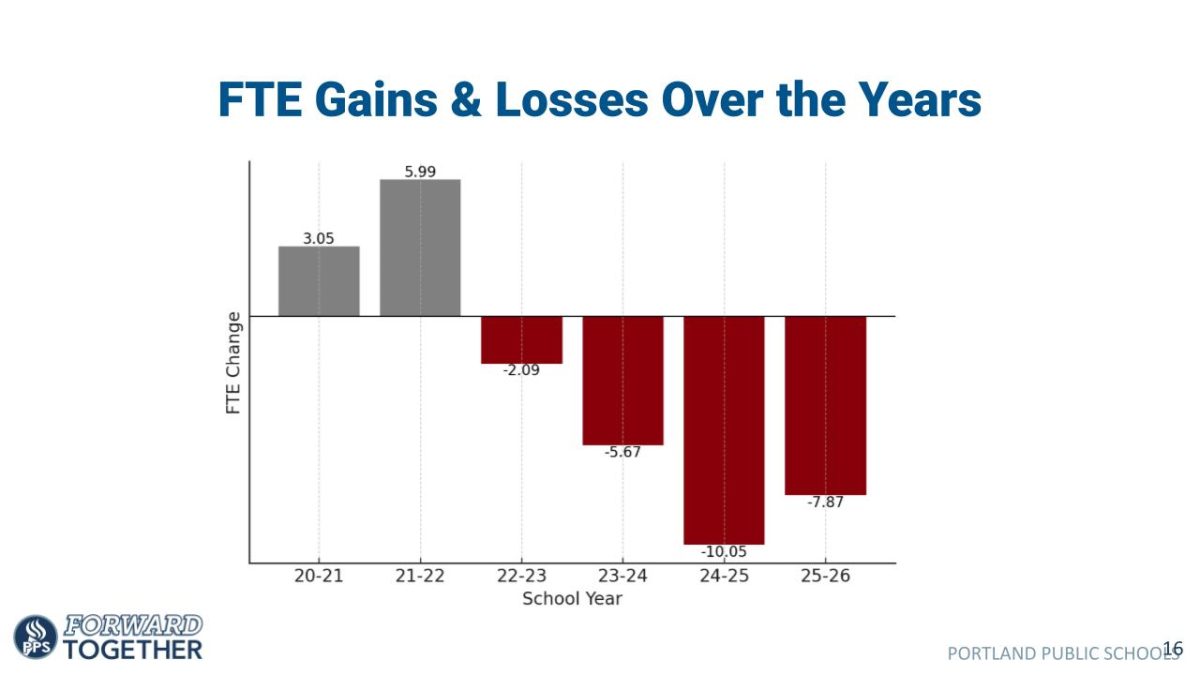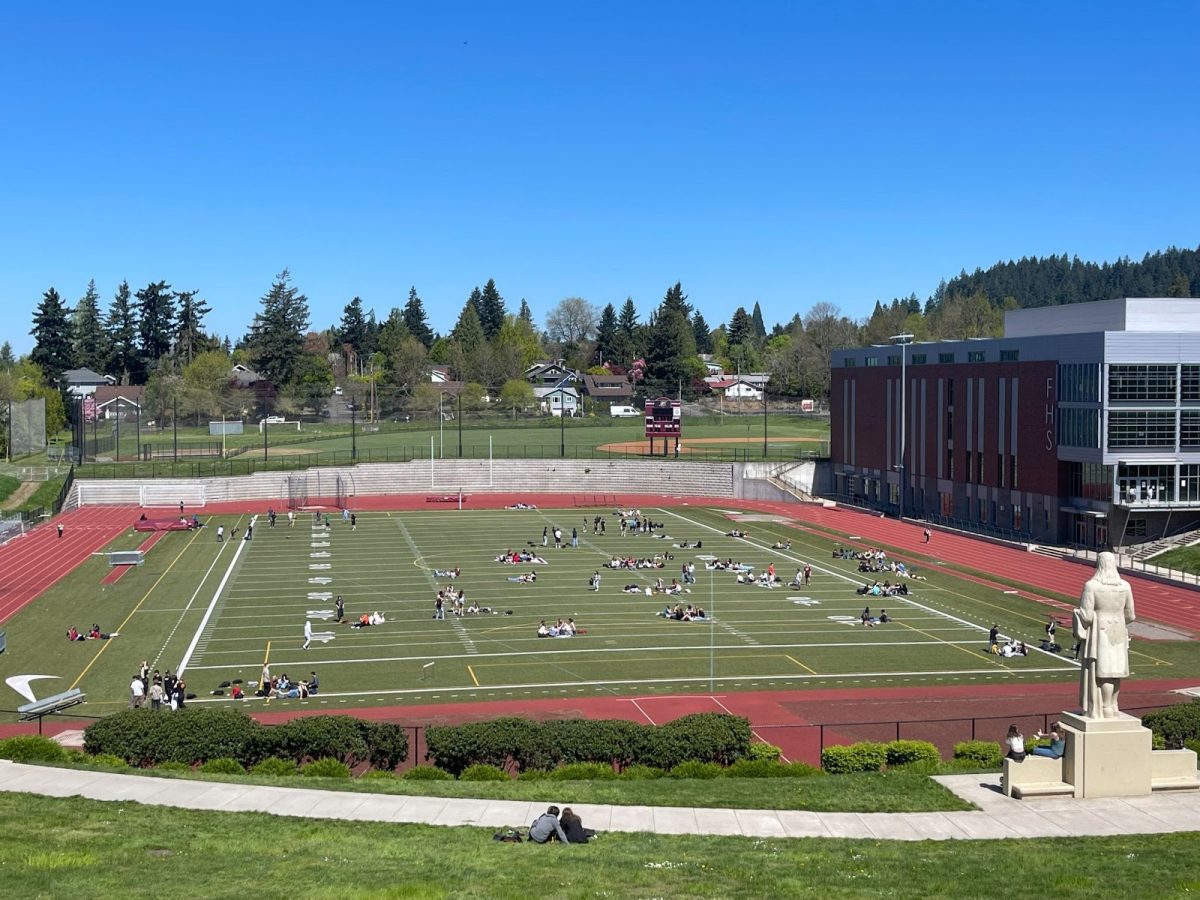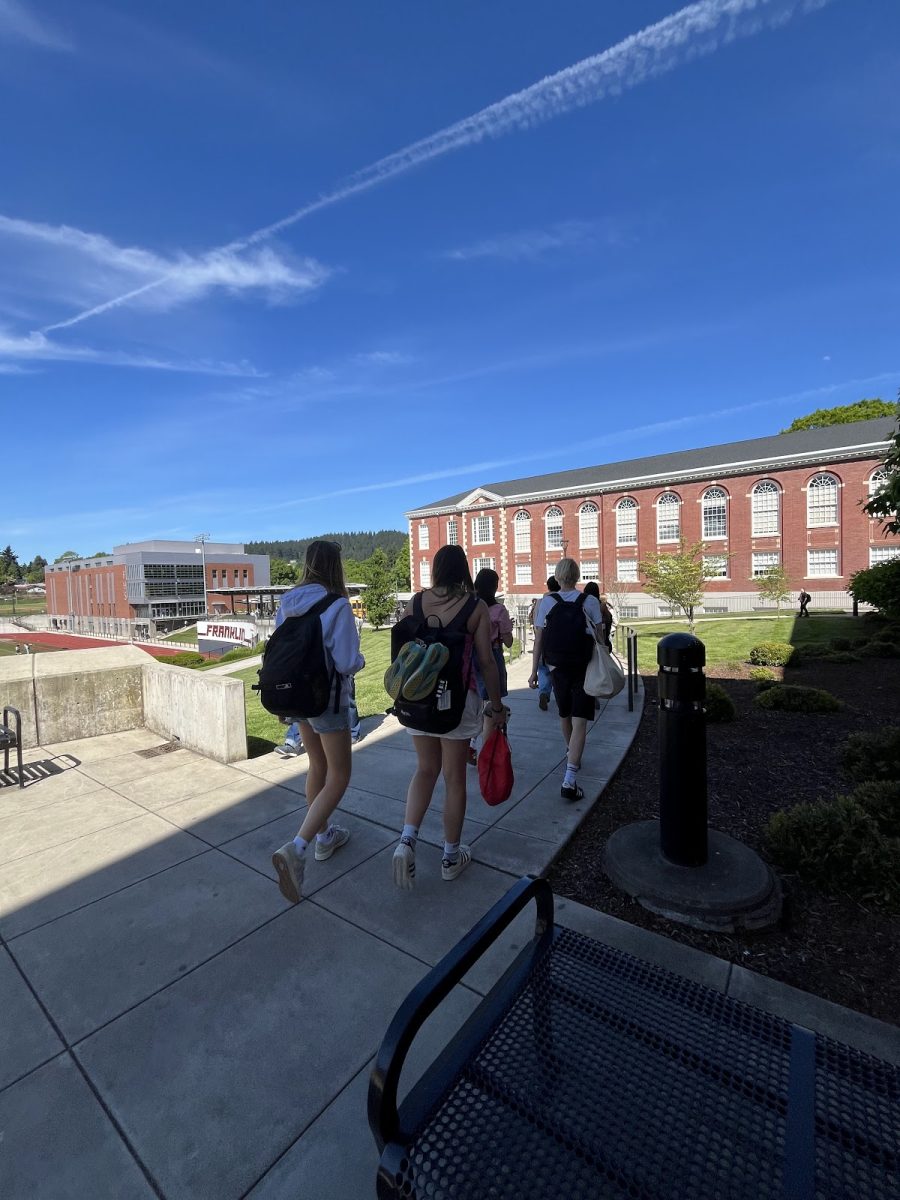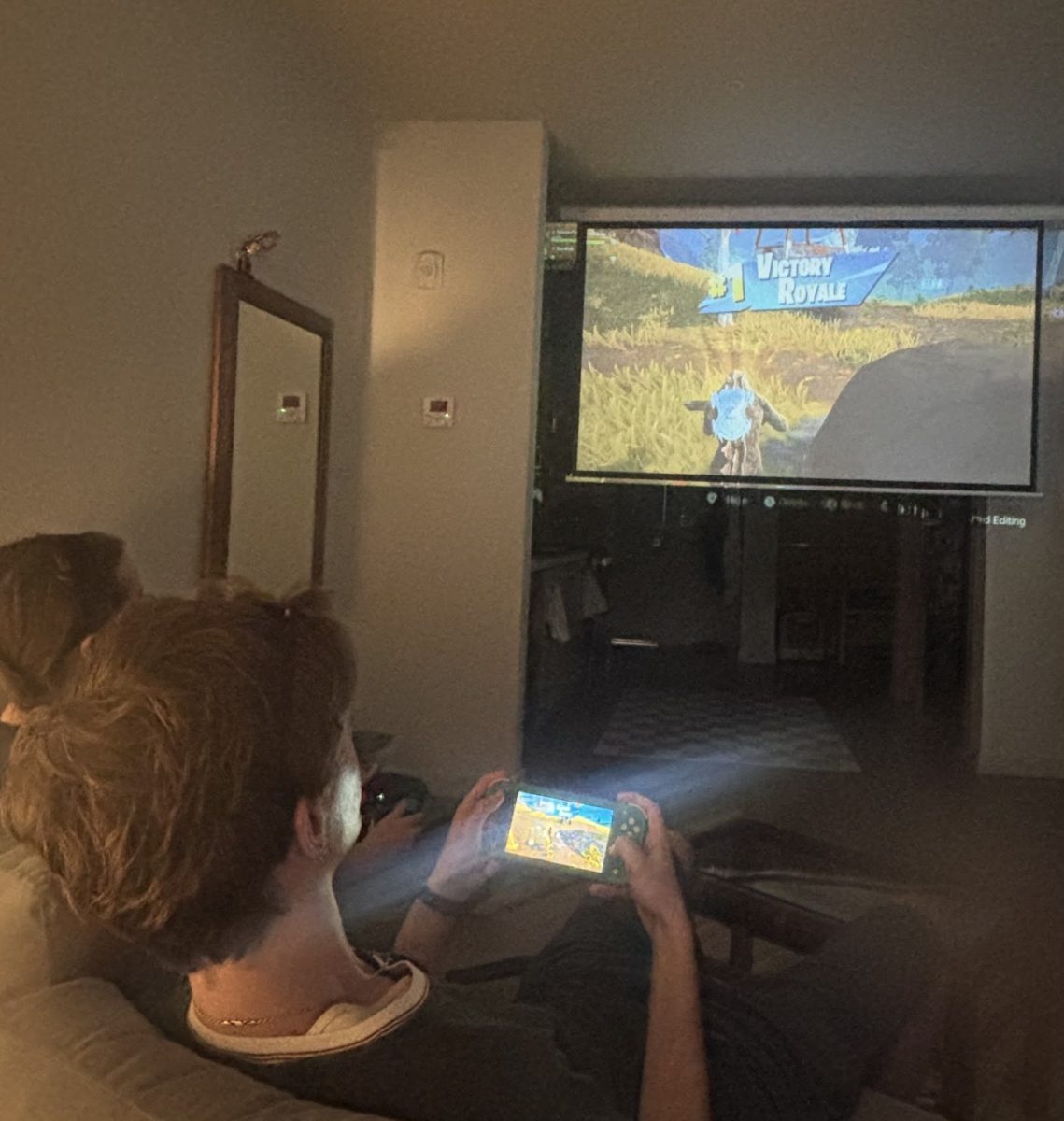One of the most stereotypical teenage tropes that American youth can be slotted into is the ‘mall rat’. For those who are unfamiliar with the term ‘mall rat’, Urban Dictionary defines it as “A surly teenager who spends all of his or her time at the mall with friends. Typically seen standing around glaring at customers — sometimes these fascinating creatures will pick fights with mall security and call them ‘fascists’ for enforcing the mall’s loitering bylaws. Also often seen intimidating the elderly people in the clothing stores.” It is a classic stereotype embedded in American culture for decades. But is the mall rat in danger of extinction? Recent statistics show that malls have hit hard times facing the opposing market that is the expansive internet and could see significant downsizing in the not-so-distant future; this nationwide problem can be seen in Portland’s own Lloyd Center. So why is this happening? Has the sun set on the mall fad? And how will it affect people?
It is widely considered that department stores are the prime victim of the retail apocalypse, struggling as sales increase online while foot traffic to malls has slowed. However, an article by Mary Hanbury in Business Insider says there may be more to this conflict, and the decline could be due to larger changes. It reads, “The middle is disappearing — low and middle-income customers increasingly shop at discounters and dollar stores, forcing retailers that once served these customers—to close shop.” The decline of middle class America has an impact on retailers who haven’t quite adapted to the change. While high end retailers’ sales increased over 37 percent in the past five years, stores geared toward the middle class are dwindling with only a two percent sales increase in five years. Because of this, high-end retailers ( Louis Vuitton, Prada, and Nordstrom) and discount retailers (Burlington, Bi-mart, and CostCo) are some of the most successful retailers right now, while companies that depend on middle-class spending, such as department stores like Macy’s, Sears, and JCPenney, have to close hundreds of stores. They are mainly located in malls and therefore decrease the overall customer attendance.
Lloyd Center is a recurring topic of conversation when considering the aforementioned retail apocalypse. Comments like “death to Lloyd Center” linger in the air, so clear it could be perceived as fact, not as much of an exclamation of hatred than a sarcastic comment. But the real fact of the matter is there are many changes ahead for the Lloyd Center. The people of Portland are moving away from national retailers and chain restaurants and are instead wanting more local options. The Lloyd Center Marshalls is closing. The Applebee’s across the street is already closed. KGW’s article, “More local and less national” by Lindsay Nadrich says, “a lot of big box stores are going out of business—they’ve [local stores] got a bright future because they’ve got a lot more residential activity in this market—so they need to find things to make this more like Portland.” So the future of one of Portland’s malls may not be extinction but an absence of department stores. The Lloyd Center has recognized this trend and has begun what Lloyd calls Lloyd Local, which features local retail pop-ups in the mall on a regular basis through 2019, and since then over 20 businesses have participated in the Lloyd Local movement; some of these local businesses have included : Field Notes, Adorn, Seven Virtues Coffee Roasters, and bobablastic. Has Lloyd Local affected sales? That information has yet to reveal itself.
While talking with some Franklin students, I asked them when was the last time they went to a mall. One student said that they couldn’t remember the last time they went to any mall but it was definitely over a year ago, while the other student said the last time they went to a mall was at Christmas time to get some cheap gifts for friends. I then asked them, “When was the last time you made a purchase online?” Both students said that they had made multiple online purchases within the last three days alone, some of those stores being ones you could find at Clackamas Town Center. When I asked them to elaborate as to why they made the online purchases opposed to going to the actual store, words like ‘overwhelming’ ‘exhausting’ and ‘waste of time’ were thrown around a lot. The conversation with fellow Franklin peers just reinforced the already settled opinion that people are just not as interested in the social aspect of shopping that previous generations are fond of.
So the mall rat might not be going extinct, but it is evolving, for better or for worse. The only way to truly know is to see for ourselves what happens next. The one thing that we know will remain is the human need to possess things, and as long as we hold fast to our material world, the virtual and physical shopping world will remain intact.
































